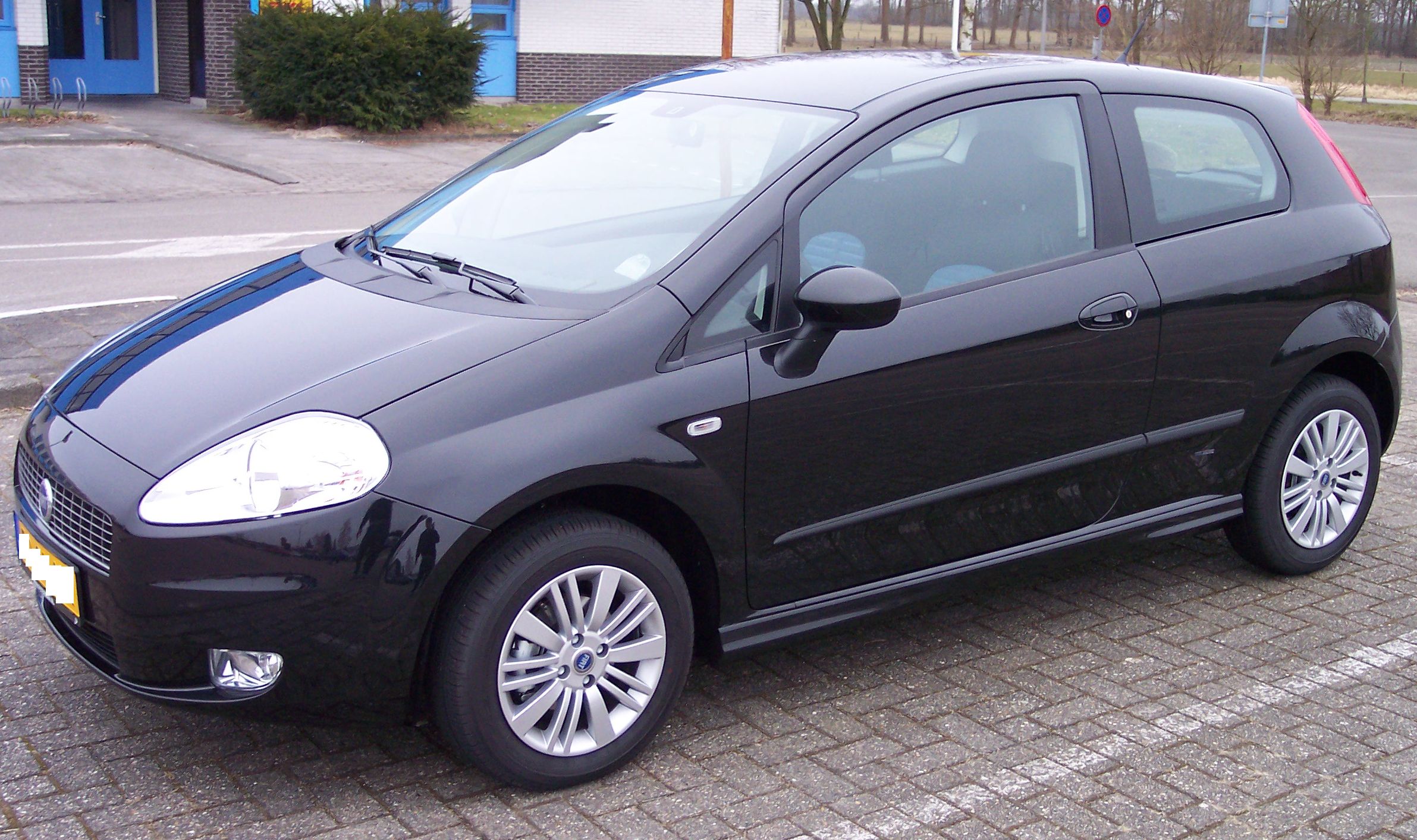LFA supercar will be on display for the first time in North America at two back-to-back premier venues — the 2009 Specialty Equipment Market Association (SEMA) trade show in Las Vegas this November and the 2009 Los Angeles Auto Show in December.

Next year, Lexus will show the LFA at the North American International Auto Show in Detroit, Chicago Auto Show, Dallas Auto Show and New York International Auto Show.

As the first Lexus supercar, the LFA serves as the flagship for the F portfolio of Lexus performance models and redefines the supercar for the 21st century. The Lexus F brand complements the core Lexus DNA by emphasizing serious performance. The LFA was carefully developed from a blank canvas by a small and dedicated team of hand-picked engineers that pushed every possible dynamic boundary.

All 500 LFA supercars will be hand-assembled by skilled technicians in the “Lexus LFA Works” at the Motomachi Plant in Toyota City at a rate of no more than 20 per month.

The rear-wheel drive LFA is dynamically styled and powered by a sophisticated new high-revving 9,000 rpm (redline) 4.8-liter V10 engine that generates 552 hp and 354 lb.-ft. of torque for adrenaline-fuelled 202- mph performance. This specially-developed powerplant is paired with a unique six-speed Automated Sequential Gearbox (ASG) with blazing-quick paddle-activated shifts for ultimate driver control. Linked by a rigid torque tube for excellent drivetrain integrity, the ASG is located in a transaxle layout over the rear axle for an optimal 48:52 front-to-rear weight distribution. Motorsport-developed lightweight aluminum alloy suspension components are complemented by Carbon Ceramic Material (CCM) brake discs and an innovative electrically assisted rack and pinion steering system.


The LFA’s sporty styling is distinguished by coherent lines that flow from roof to sill in a seamless convex to concave line for sophisticated aerodynamics. Its front-mid engine layout, long wheelbase, short overhangs, and snug, low-slung cabin identify it as a supercar. CFRP also gave the LFA’s designers a far higher degree of design freedom, allowing them to create shapes, curves and edges that would have been impossible with metal. For example, the sharp trailing edges at the rear of the LFA that help provide superlative aerodynamics would not have been possible had traditional metal been used for the bodywork.
A dramatic low-slung cockpit has been intelligently designed and hand-assembled with the finest materials to reflect the car’s driver-centric dynamics. The intimate two-seat cabin has been conceived at every stage – ergonomics, acoustics, materials, comfort, versatility and visibility levels have all been painstakingly engineered – to put the driver at the center of the driving experience.



































